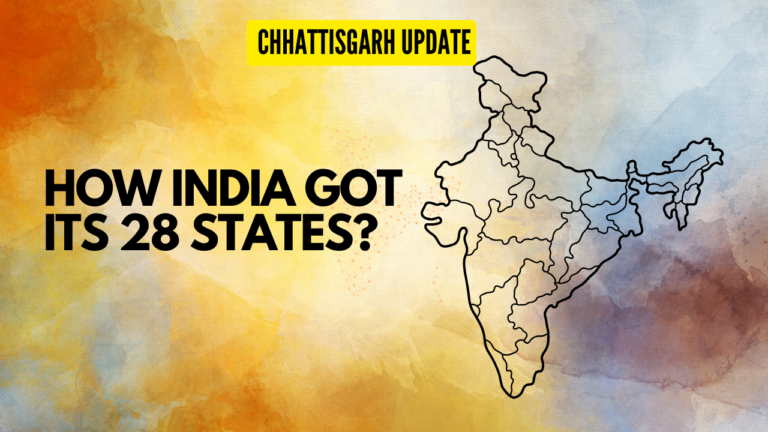In a flavorful celebration of National Cashew Day on 23rd November, the Agricultural and Processed Food Products Development Authority (APEDA) orchestrated the successful export of over 30 tonnes of cashew, underscoring India’s position as a major player in the cashew industry. Let’s explore the journey of cashew, its historical roots, and India’s pivotal role in its production and export.
### The Journey of Cashew:
#### **Origin and Introduction:**
Native to Brazil, cashew found its way to the Malabar coast in the 16th century, leaving an indelible mark on India’s agricultural landscape. Since then, it has flourished, becoming a staple in the country’s agricultural output.
#### **Ideal Growing Conditions:**
Cashew thrives in well-drained deep sandy loam soils, with a temperature range of 20 to 38 degrees Celsius. The ideal relative humidity for its growth falls between 60 to 95%, accompanied by an annual precipitation ranging from 2000 to 3500 mm. These conditions create the perfect environment for cashew trees to flourish and bear their nutritious and delectable nuts.
### India’s Cashew Dominance:
India proudly stands as the second-largest producer and exporter of cashew nuts globally. The country’s diverse geography provides conducive conditions for cashew cultivation, and several states play a pivotal role in shaping India’s position in the cashew industry.
#### **Major Cashew Producing States:**
1. **Maharashtra:** Known for its diverse agricultural output, Maharashtra contributes significantly to India’s cashew production.
2. **Andhra Pradesh:** With its favorable climate, Andhra Pradesh is a key player in the cultivation of cashew.
3. **Odisha:** Emerging as a hub for cashew cultivation, Odisha adds to the country’s robust production.
4. **Karnataka:** The landscapes of Karnataka foster the growth of cashew trees, contributing to the national yield.
5. **Tamil Nadu:** Known for its agricultural diversity, Tamil Nadu actively participates in India’s cashew production.
### APEDA’s Export Facilitation:
On National Cashew Day, APEDA took center stage in facilitating the export of over 30 tonnes of cashew, highlighting the authority’s role in promoting and sustaining India’s agricultural exports. This successful export endeavor not only contributes to the country’s economic growth but also showcases the global demand for India’s quality cashew produce.
### Conclusion: Savoring Success on National Cashew Day
As we celebrate National Cashew Day, it’s more than just a recognition of a delectable nut; it’s a testament to India’s agricultural prowess and global standing in the cashew industry. With APEDA’s proactive role in export facilitation, the world gets to savor the richness of Indian cashews, further solidifying the country’s position as a key player in the global market. As cashew trees continue to bear their nutritious treasures, India’s journey in the cashew industry remains a story of growth, export excellence, and agricultural resilience.




